LASSO Program: Pentagon Selects Loitering Munitions
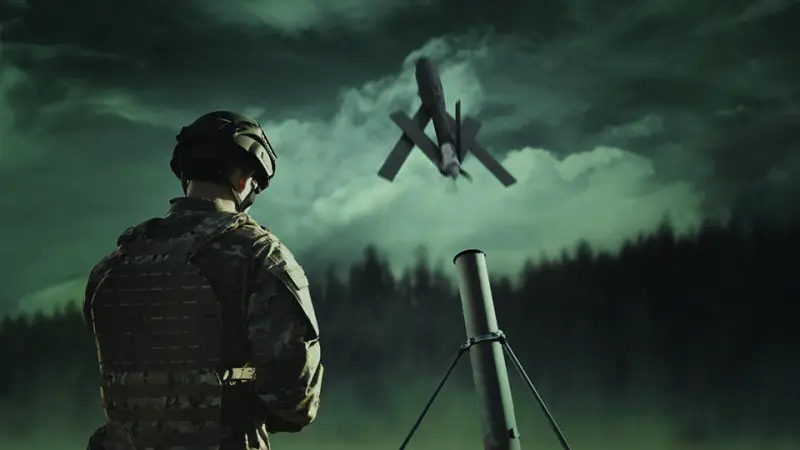
Launch of Switchblade 600 loitering ammunition
The US Army is well acquainted with loitering munition-class unmanned aerial vehicles and is going to increase purchases of such equipment for more widespread implementation. She is currently studying the market situation and testing available samples of existing models. In the future, she plans to make selections and place orders accordingly. All this work is carried out within the framework of a research program and competition under the designation LASSO.
Early on
The US Army has traditionally shown interest in new classes of equipment and, whenever possible, tests and evaluates promising models. Thus, over the past few years, work has been going on in the direction of loitering munitions. This technique was regularly tested in training grounds and exercises. In addition, starting from 2022, it will be tested and tested in Ukraine. Overall, the experience was positive and the BBs showed their value.
Taking into account the accumulated experience, in May 2023, in the interests of the ground forces and special forces of the US Army, the LASSO (Low Altitude Stalking and Strike Ordnance) program was launched. It employs several Pentagon structures and organizations related to the development of new concepts and testing of finished samples. Commercial UAV manufacturing companies will also be involved in the work.
The LASSO program has several goals. The Pentagon plans to study the army's needs for loitering ammunition and draw up requirements for such arms. The market situation and existing proposals are also considered. The best samples must undergo testing, based on the results of which the army will select a system for further purchase and deployment among the troops.
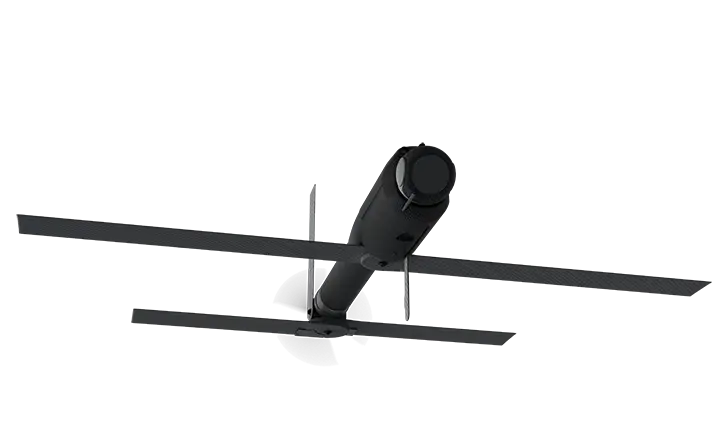
Switchblade 600 in flight configuration
To date, the Pentagon has revealed some of the requirements for the desired warhead. The army needs a strike system that includes the actual drone-ammunition, a launcher based on a tube-container and a control panel. Should all system components be compact and lightweight? This will allow them to be moved by calculation forces.
The UAV must be able to fly beyond the line of sight and carry an optical-electronic system with a day and night channel. It should also have a warhead capable of hitting various targets, incl. armored vehicles. However, the exact level of desired characteristics was not officially announced. It will probably be determined based on the results of the research part of the program.
It is separately noted that the unmanned system should be easy to produce and master, and also have the lowest possible cost. Due to this, they plan to increase the possible volumes of purchases without increasing costs, and at the same time simplify the process of deployment and application.
The possibility of using new approaches to contracting and procurement is being considered. Due to this, they want to speed up the process of testing, ordering and receiving different types of BBs. In particular, the idea was proposed to transfer such products from the 5th class of army supplies (ammunition) to the 9th class (consumables and spare parts). How exactly production and procurement will be accelerated is still unclear. This will be determined only based on the results of the current program.
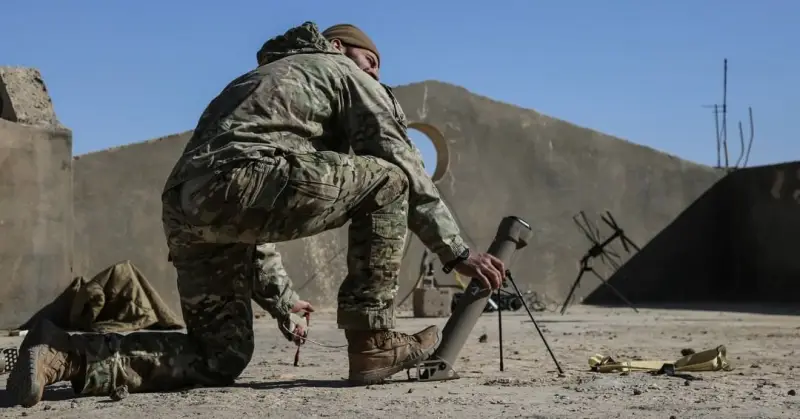
Preparing for the launch of the Switchblade 300 BB
First trials
For several months after the start of the LASSO program, market research and other theoretical work were carried out. Then we moved on to practical activities using real technology. Only one sample has been mentioned in this context so far, but an expansion of the test program is expected with clear results.
Last October, the Pentagon announced that the first LASSO test would be the Switchblade 600, developed and manufactured by AeroVironment. This loitering munition was introduced several years ago and has already been tested by the US Army. In addition, since 2022, such devices have been supplied to Ukraine as military assistance. It is argued that to date, much experience has been accumulated in their effective use, but this is not confirmed by objective data and assessments.
To carry out the necessary tests, 100 Switchblade-600 UAVs were purchased in the middle of last year. Soon, various tests began simulating the situation on the battlefield and solving combat tasks as close as possible to real ones. At the same time, data was collected on the functioning of the equipment, the specifics of its calculation, etc.
Last October, the leaders of the LASSO program announced that not only the Switchblade 600 UAV will be involved in the tests. It is expected that similar equipment of other types will be purchased from other manufacturers. These BBs will also be tested and assessed, both in general and in terms of individual tasks and functions.
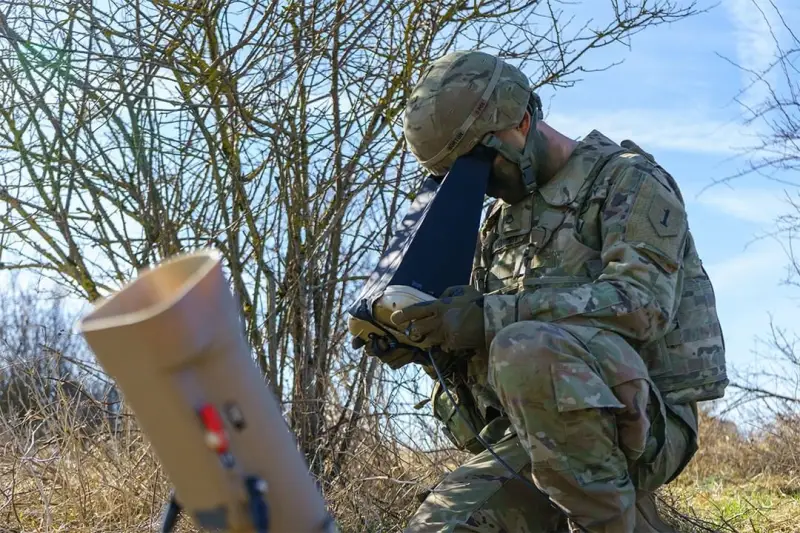
Soon
At the current stage, the LASSO program covers only existing samples of loitering ammunition that have already been brought into production. This allows you to avoid wasting time on fine-tuning and improving the design, focusing on planned research. In addition, it becomes possible to maximize the main result of the entire program.
Last fall it was mentioned that all activities to study current BBs could take only a few months. If the expected capabilities are confirmed and in the absence of serious shortcomings, the first purchases of equipment for combat units under the LASSO program may occur as early as the first half of 2024. The use of new approaches to the issuance of contracts will allow us to obtain the desired products as soon as possible, within months after the order is issued.
Apparently, procurement under LASSO will begin with drone "Switchblade-600", which is already undergoing relevant tests. The US Army's requirements for such products are unknown. Perhaps, as part of the first order, it will purchase several hundred UAVs, and then new contracts will follow for a similar or larger number of equipment. The same will happen with other types of warheads, if they successfully pass tests and are recommended for adoption.
Full-scale project
The US Army has been dealing with the topic of loitering ammunition for quite some time. It purchased and tested equipment of this class to a limited extent, and some samples even reached military testing. In addition, they were used in real military operations - both independently and by the hands of controlled armed formations.
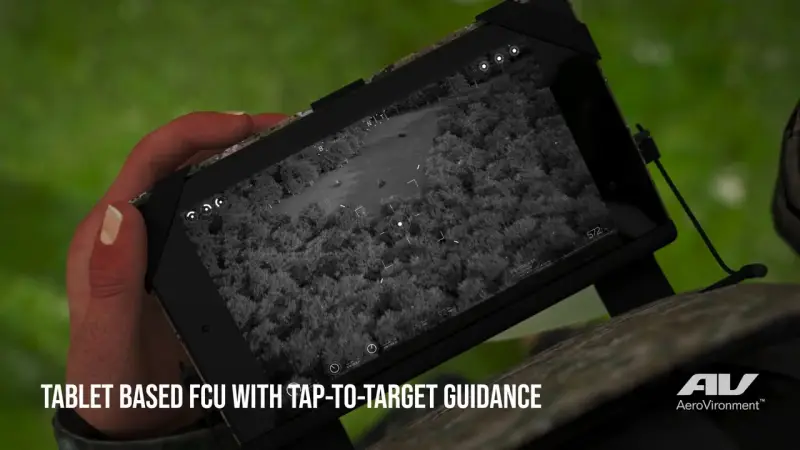
Unified control panel from AeroVironment
In general, the Pentagon has accumulated extensive experience with modern warheads and considers this class of weapons important and useful. Now it is proposed to move from studying and gaining experience to the full implementation and use of new systems. It is for this purpose that the LASSO program was launched almost a year ago, and is probably already producing its first results.
However, the main outcome of the current research program should be massive purchases of new loitering ammunition and their active deployment in the ground forces, marines, etc. Fully equipping units and subunits with new warheads will take a lot of time and require additional funding, but the result should justify all the costs.
Light loitering ammunition is seen as a convenient and effective tool that can improve a unit's situational awareness and reconnaissance capabilities, as well as increase its firepower. At the same time, the range of reconnaissance and strikes will increase significantly and will go beyond the capabilities of standard weapons and instruments currently available in military units.
Thus, the current research and experimental program is addressing the most significant challenges. Current work on the LASSO topic will determine the composition of the equipment of ground units in the near and long term, and will also seriously affect their potential. Time will tell whether this program will live up to its expectations and whether it will give the army the weapons it wants. So far, the Pentagon is optimistic and is making ambitious plans for the future.
Information